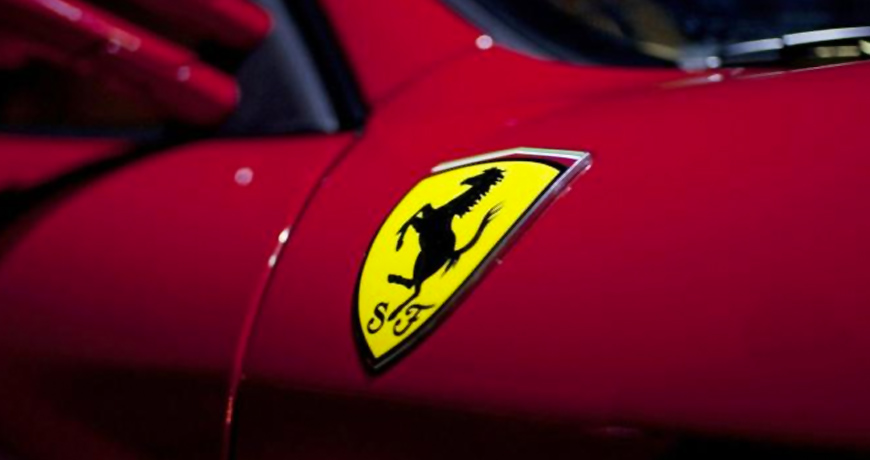Touristic information: Modena

Modena started with the Etruscans, became a Roman colony in 183 BC, was semi-destroyed and then abandoned in the 4th century. However, Modena picks up its fortune again towards the end of the first millennium thanks to the influence of the Canossa lords, though the period of the Este family domination was that of maximum splendour. The Este family made Modena the capital of their dukedom, transferring their court there, only when they were forced to abandon Ferrara, in 1598, although Modena was already part of the powerful family's territory. After about twenty years of French domination, between 1796 and 1814, the city government went back under the guidance of the Austrian side of the Este family until 1859.
Via Emilia takes you from one side to the other of Modena, through its historical centre where you can see one of the most beautiful squares in Italy, with the Romanic Duomo and the adjacent bell tower, called Ghirlandina. Construction started on the Duomo in 1099 and is perfectly kept, as well as being decorated by the sculptures of Wiligelmo, among which the precious relief depicting the story of the Genesis. The large rose window facing Piazza Grande and the octagonal spire of the Ghirlandaia, its name inspired by the airiness of the marble balustrade on its summit, are gothic.
The centre's most impressive building is tied into the Modena that was the capital of the Este dukedom. The Palazzo Ducale was built beginning in 1634 by Francesco I. The honour courtyard with a double set of arcades and the halls of the duke's residence are really worth seeing. The Palazzo is now the seat for the military academy, but it can still be visited.
The feather in the museum network's cap: the Galleria Estense. Currently located in the Palazzo dei Musei, it contains works by Cosmè Tura, Correggio, Dosso and Battista Dossi, Guercino and others.
However, as well as the town centre, it is worth paying a visit to the many little towns that are scattered around the province. Vignola, with its 15th century and perfectly kept Rocca where you can walk around and on the fortified surveillance walls, offers an unforgettable view, especially in spring when the area's famous cherry trees are in bloom. Also, visit Sassuolo, with its impressive Palazzo degli Estensi, designed in the 17th century by Bartolomeo Avanzini, the same designer of the Palazzo Ducale in Modena. Or, Nonantola, with an abbey that is masterpiece of Romanic art and safeguards rare and precious documents dating back to Charlemagne's age.
Every year the 31st of January sees the celebrations for the patron San Geminiano including a fair dedicated to him in town. It is a celebratory moment but also one of respectful silence, and the saint's relics are displayed in the Duomo. Between May and June the town holds an event dedicated to the most famous gastronomic products of this area, Modena's traditional balsamic vinegar. The fair is aptly called Balsamica. Other appointments on the calendar include guided visits to traditional vinegar mills.
